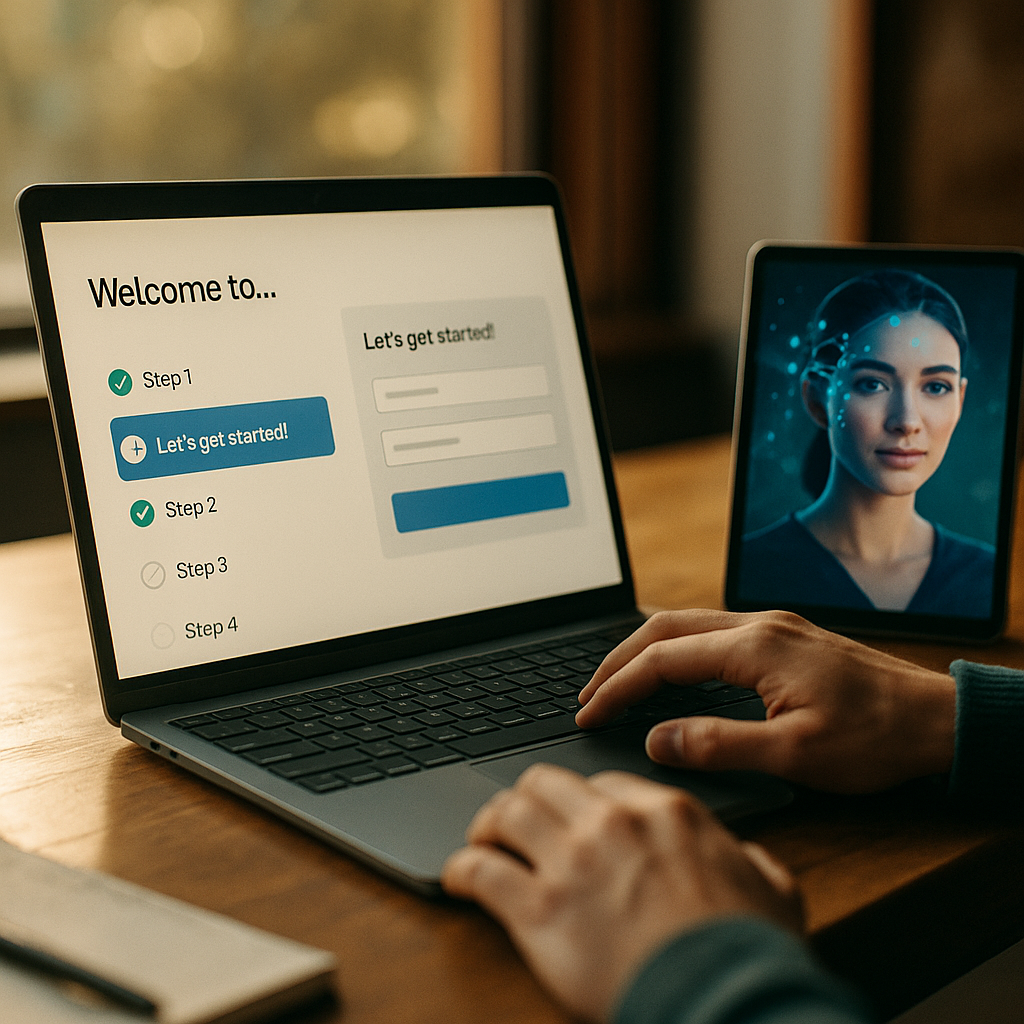Using AI to optimize customer onboarding flows for SaaS products is redefining first impressions and user success in 2025. Businesses now expect onboarding to be frictionless, personal, and effective. Learn how artificial intelligence empowers SaaS teams to drive conversion and retention—while tailoring each journey to user needs.
Personalizing Onboarding with AI-Powered Customer Segmentation
To deliver exceptional SaaS onboarding, it’s vital to meet the diverse needs of different users. AI-powered customer segmentation analyzes behavioral data, signup details, and user intent, clustering new customers into actionable segments. Armed with this intelligence, SaaS teams can:
- Customize onboarding content: Guide power users faster, while providing extra hand-holding for novices.
- Trigger role-specific tutorials: Deliver workflows most relevant to the user’s job function or industry.
- Prioritize resources: Invest high-touch support and walkthroughs for customers with great expansion potential.
This level of personalization—made possible by machine learning—helps SaaS products accelerate time-to-value, minimize abandonment, and boost satisfaction.
Streamlining Onboarding Processes Using AI Automation
The best SaaS onboarding flows are now seamless, thanks to AI-driven process automation. Intelligent algorithms monitor customer progress and proactively identify friction points, enabling quick intervention. Leading solutions offer:
- Automated nudges and reminders: AI reviews where users pause or stall, then sends timely emails, tooltips, or chatbot messages to encourage next steps.
- Workflow optimization: Continuous monitoring helps remove repetitive actions, unnecessary clicks, or redundant explanations. Every step is fine-tuned for minimal friction.
- Real-time support assignment: When onboarding stalls, AI alerts a human success manager or launches in-app support, reducing churn at critical moments.
SaaS companies now use automation to guarantee onboarding is not just faster, but smarter—ensuring customers never feel lost or unsupported.
Enhancing Product Education with AI-Driven Guidance
Effective onboarding isn’t only about process—education is key. AI-driven product tours and interactive guides help new users master complex features at their own pace. Here’s how modern SaaS utilizes AI to educate:
- Dynamic walkthroughs: The system tracks cumulative user behavior and adapts tours in real time, skipping what’s already been mastered and focusing on weak spots.
- AI chatbots for context-sensitive help: Rather than generic Q&A, chatbots now understand intent and offer step-specific advice and multimedia examples.
- Reinforcement with gamification: AI suggests custom challenges and unlocks, rewarding fast learners and motivating slower adopters.
By blending intelligence into onboarding education, SaaS providers increase confidence, reduce support tickets, and foster earlier feature adoption—all of which translate into stronger retention.
Leveraging Predictive Analytics to Improve SaaS Onboarding Success
Predictive analytics now plays a central role in optimizing SaaS customer journeys. By analyzing millions of onboarding sessions, AI spots risk factors and proactively refines flows. In 2025, experts rely on:
- Churn prediction: Algorithms identify which onboarding behaviors correlate with disengagement or cancellations and flag at-risk customers for intervention.
- Personalized onboarding paths: Predictive models recommend route changes, removing unnecessary steps for advanced users or extending handholding for those needing more support.
- Continuous improvement: Onboarding checkpoints are tested and iterated based on real-world data, not hunches.
This data-driven approach ensures onboarding is always aligned with evolving user needs, behaviors, and expectations—empowering SaaS orgs to turn more trials into long-term advocates.
Measuring and Iterating SaaS Customer Onboarding with AI
To remain ahead, SaaS businesses must continuously refine onboarding based on real outcomes. AI tools now revolutionize this feedback loop by:
- Automating user feedback collection: Surveys dynamically adapt as onboarding progresses, capturing honest responses at key moments.
- Sentiment analysis: Machine learning evaluates customer messages and support tickets to gauge emotion and identify delight—or frustration—throughout onboarding.
- Actionable reporting: AI aggregates performance metrics, segment trends, and sentiment in easy-to-use dashboards, surfacing new opportunities for optimization.
This systematic, artificial-intelligence-driven cycle ensures SaaS onboarding never becomes stagnant and grows more effective with each cohort.
FAQs: Using AI to Optimize Customer Onboarding Flows for SaaS Products
-
How does AI personalization improve SaaS onboarding?
AI personalization ensures each user gets onboarding that matches their needs and experience level, resulting in faster activation, fewer drop-offs, and higher long-term engagement. -
Can AI replace human onboarding specialists?
AI automates repetitive guidance and surfaces key insights, but human experts are vital for complex questions or high-value clients. The best SaaS solutions combine both. -
What key AI tools support onboarding optimization?
Popular tools in 2025 include intelligent chatbots, behavioral analytics, workflow automation engines, predictive churn models, and adaptive survey systems. -
Is AI-driven onboarding secure and compliant?
Modern AI solutions are designed for compliance and privacy. Always ensure chosen tools meet regulatory standards (GDPR, SOC2, HIPAA) and are transparent in data handling. -
How soon will AI impact be visible after implementation?
Organizations often see measurable improvements—in user activation, retention, and satisfaction—within weeks as AI identifies and addresses onboarding friction points.
AI is transforming how SaaS companies design, deliver, and optimize customer onboarding in 2025. By combining smart automation, predictive analytics, and deep personalization, forward-thinking SaaS products ensure users achieve success quickly and confidently—driving growth and lasting loyalty.
